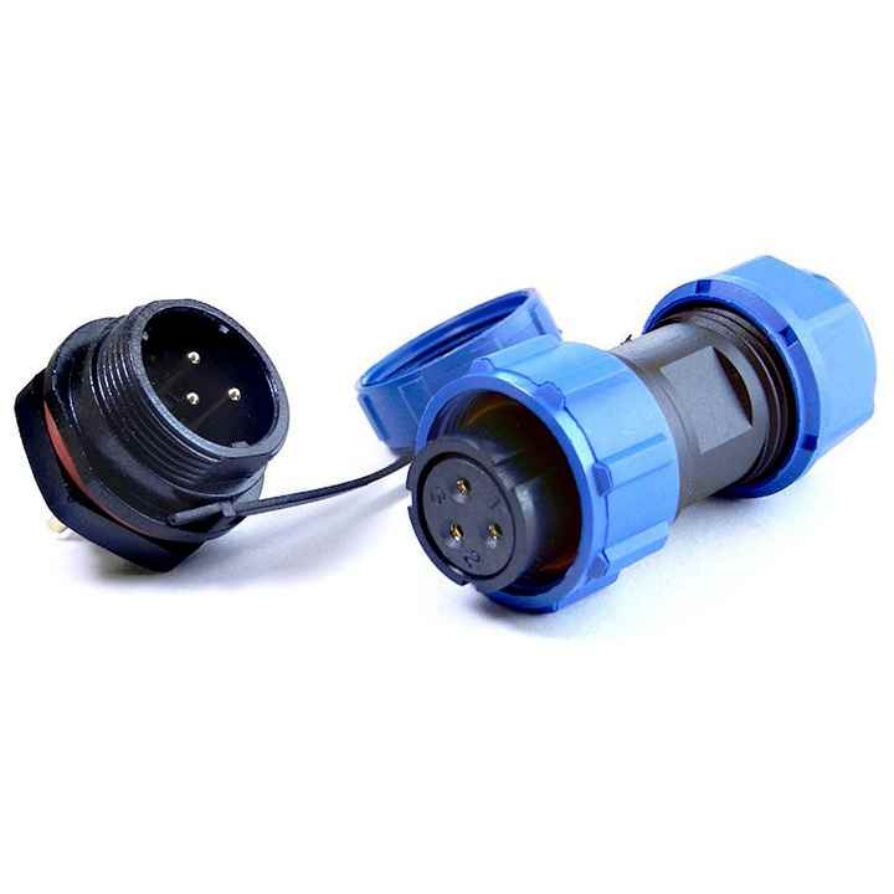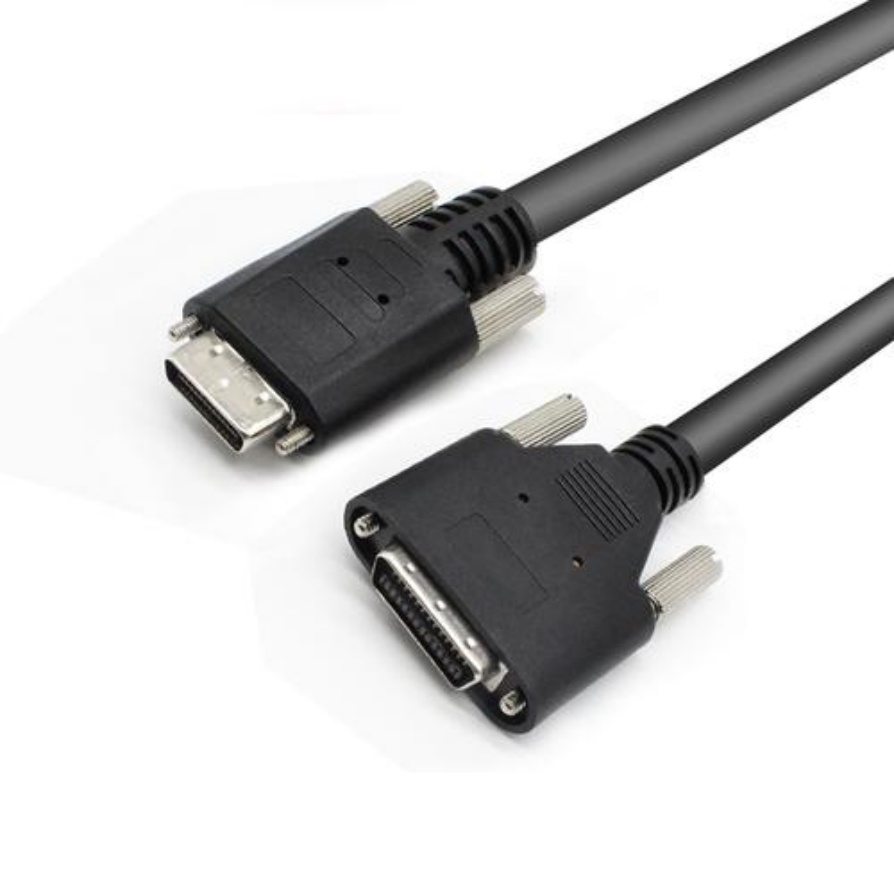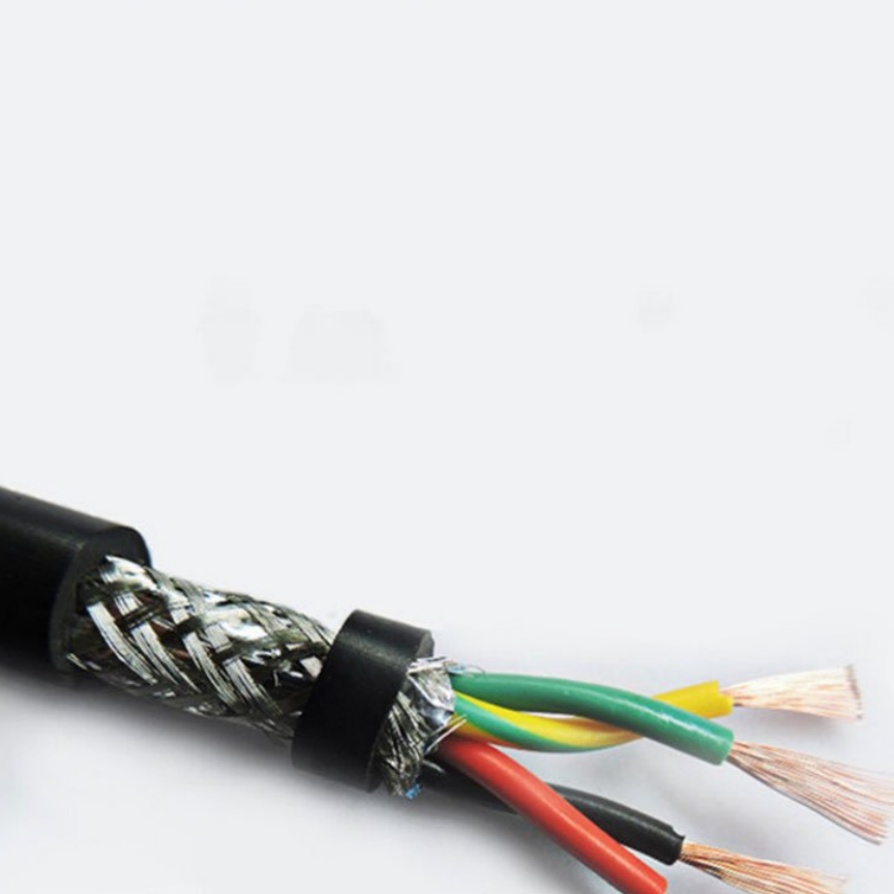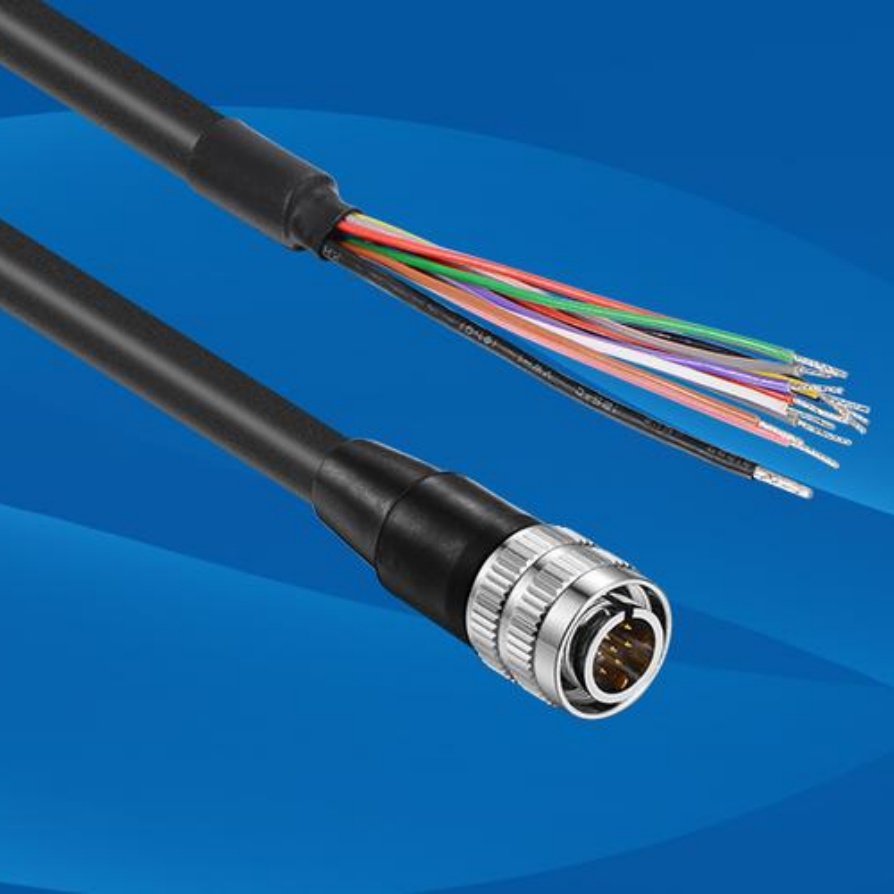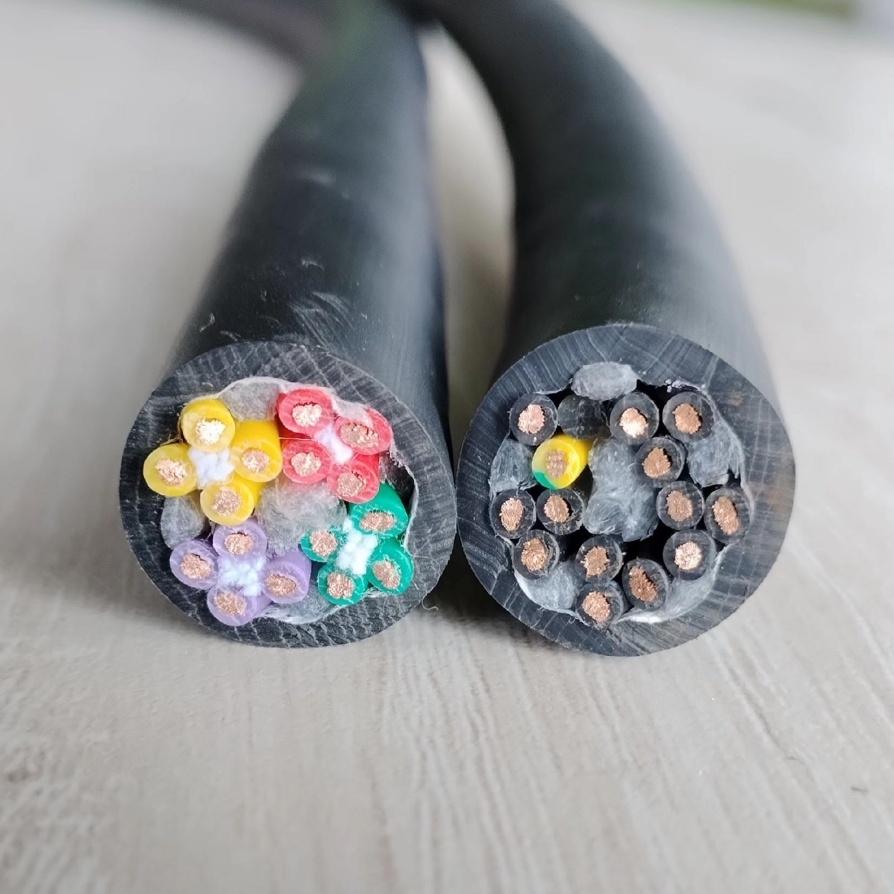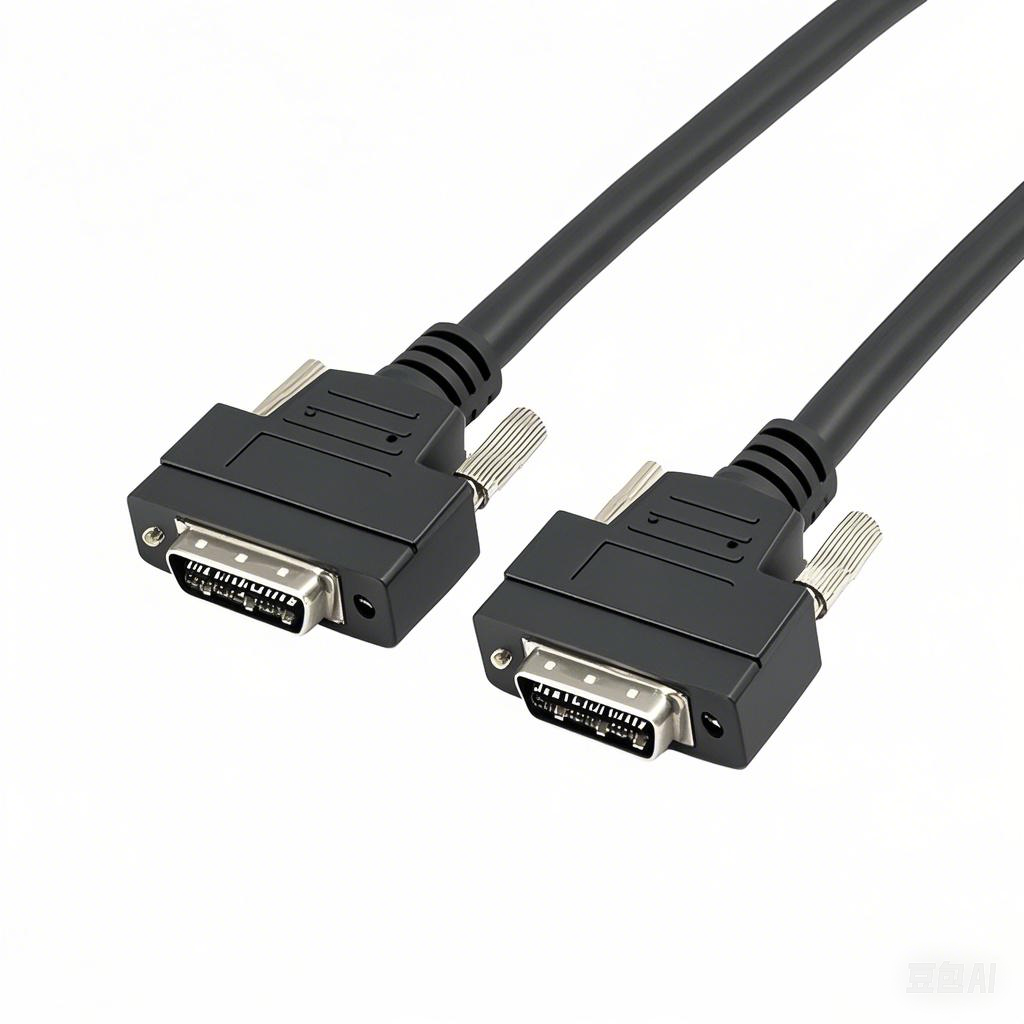Fiber Optic vs. Copper: Choosing the Right Machine Vision Cable
The Basics: How Fiber Optic and Copper Cables Work
Copper Cables
Traditional copper cables transmit electrical signals through conductive metal wires (typically copper). They are widely used in industrial settings due to their simplicity, compatibility, and cost-effectiveness. Common types include:
- Coaxial cables: Shielded designs for high-frequency signals (e.g., CoaXPress).
- Twisted-pair cables: Used in Ethernet (GigE Vision) and USB protocols.
Fiber Optic Cables
Fiber optic cables transmit data as pulses of light through glass or plastic fibers. They excel in environments with electromagnetic interference (EMI) and long-distance requirements. Popular standards include Camera Link HS and POF (Plastic Optical Fiber).
Key Comparison Factors
1. Speed and Bandwidth
- Fiber Optic:
- Unmatched bandwidth: Supports data rates exceeding 100 Gbps, ideal for 8K/16K image streaming and real-time 3D inspections.
- Low latency: Light signals travel faster than electrical pulses, critical for high-speed production lines.
- Copper:
- Limited bandwidth: Typically maxes out at 10 Gbps for industrial protocols like 10GigE Vision.
- Signal degradation: Higher frequencies suffer from attenuation over long distances.
- Use Case: Semiconductor fabs use fiber optics to handle terabytes of data from high-resolution AOI (Automated Optical Inspection) systems.
2. Transmission Distance
- Fiber Optic:
- Long-haul superiority: Signals can travel up to 100+ kilometers without repeaters (vs. 100 meters for copper Ethernet).
- No signal loss: Immune to electromagnetic interference, making them ideal for sprawling facilities.
- Copper:
- Distance limits: CoaXPress reaches ~85 meters; GigE Vision is capped at 100 meters.
- Boosters required: Extenders or repeaters add cost and complexity for long runs.
- Example: Automotive plants with distributed vision systems often deploy fiber optics to connect remote cameras in paint shops or body-in-white stations.
3. EMI and Environmental Resistance
- Fiber Optic:
- Immune to EMI/RFI: No metal components to pick up electrical noise from motors, welders, or power lines.
- Harsh environment-ready: Resists moisture, chemicals, and temperature extremes (-40°C to 85°C).
- Copper:
- Vulnerable to interference: Requires heavy shielding (e.g., braided copper, foil) in noisy environments.
- Material limitations: Connectors and jackets may degrade in corrosive or high-heat settings.
- Application: Steel mills and foundries prioritize fiber optics to avoid data corruption near induction furnaces.
4. Cost and Installation
- Fiber Optic:
- Higher upfront cost: Cables, transceivers, and terminators are more expensive.
- Complex installation: Specialized tools and training needed for splicing and polishing fibers.
- Copper:
- Cost-effective: Affordable cables and connectors (e.g., RJ45, BNC) suit budget-conscious projects.
- Plug-and-play: Easier to install and repair with standard tools.
- Trade-off: Small-scale systems with short cable runs (e.g., benchtop PCB inspection) often favor copper for simplicity.
5. Durability and Flexibility
- Fiber Optic:
- Fragile fibers: Glass cores can break if bent beyond minimum radius specifications.
- Robust variants: Armored or bend-insensitive fibers mitigate this risk.
- Copper:
- Mechanical resilience: Withstands bending, vibrations, and rough handling.
- Heavier weight: Bulkier cables may strain connectors in dynamic setups.
- Scenario: Logistics robots using flexible copper cables for onboard vision systems benefit from their durability during constant movement.
When to Choose Fiber Optic Cables
- High-speed, high-resolution systems: 8K cameras, hyperspectral imaging, or 3D laser scanning.
- Long-distance networks: Factories with distributed cameras or outdoor installations.
- EMI-heavy environments: Near arc welders, MRI machines, or high-voltage equipment.
- Future-proofing: Preparing for AI/ML-driven analytics or 5G-enabled edge computing.
When to Choose Copper Cables
- Short to medium distances: Assembly lines, compact workstations, or lab setups.
- Budget constraints: Projects requiring cost-effective, easy-to-maintain solutions.
- Moderate bandwidth needs: Standard HD inspections or barcode scanning.
- Dynamic installations: Robotic arms or AGVs needing flexible, rugged cables.
Hybrid Solutions: Best of Both Worlds
Some systems combine fiber and copper to optimize performance:
- Fiber backbone: Long-distance links between control rooms and production floors.
- Copper endpoints: Short connections to cameras or sensors.
- Media converters: Devices that bridge fiber and copper networks seamlessly.
Future Trends Shaping Cable Choices
Sustainable Materials: Recyclable copper and bio-based fiber coatings to meet green manufacturing goals.
AI-Driven Vision Systems: Demand for fiber optics will rise as AI models process higher-resolution data.
Miniaturization: Thinner, lighter fiber cables (e.g., bend-insensitive fibers) for cobots and drones.
Power-over-Fiber (PoF): Emerging tech to transmit power and data through a single fiber.


